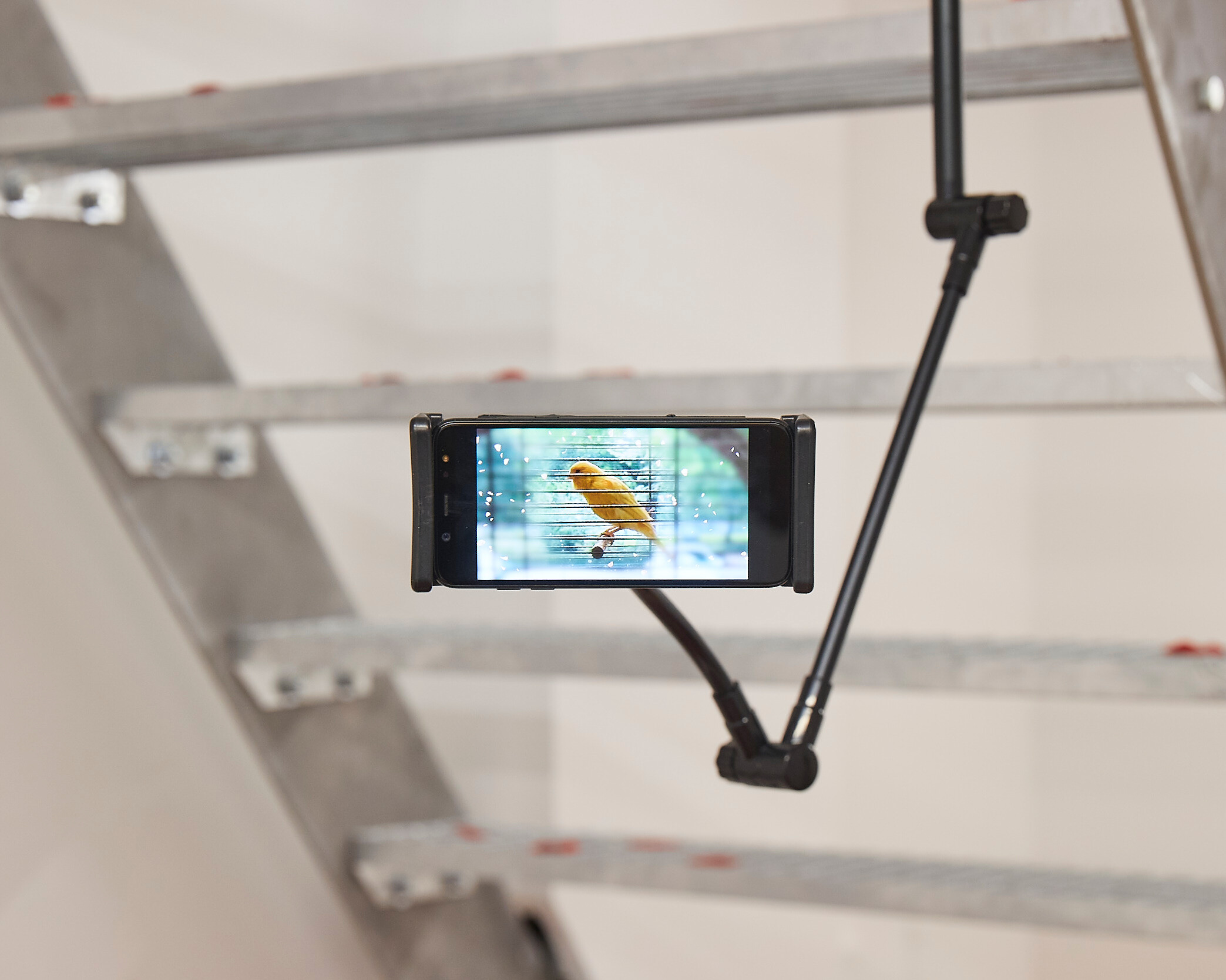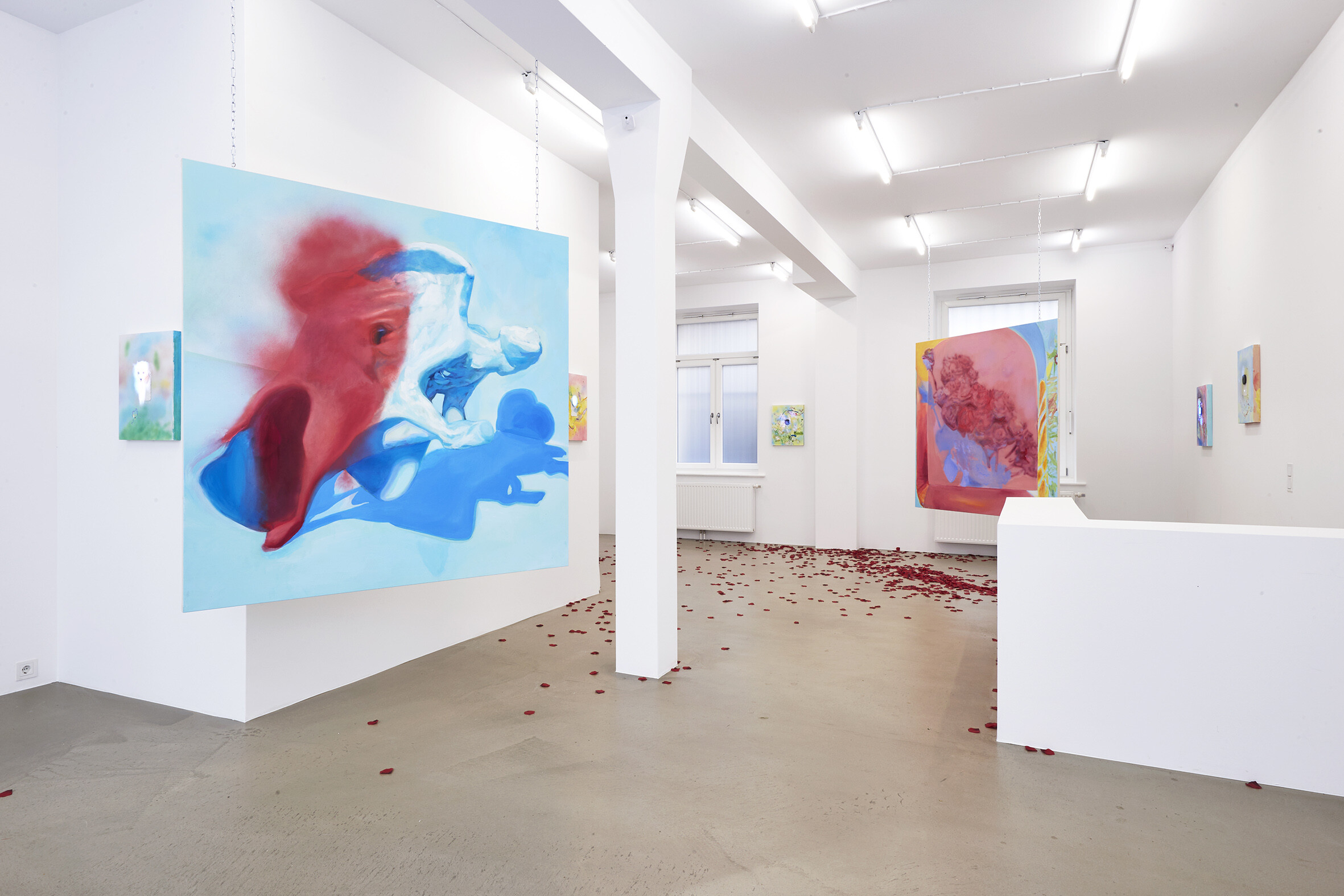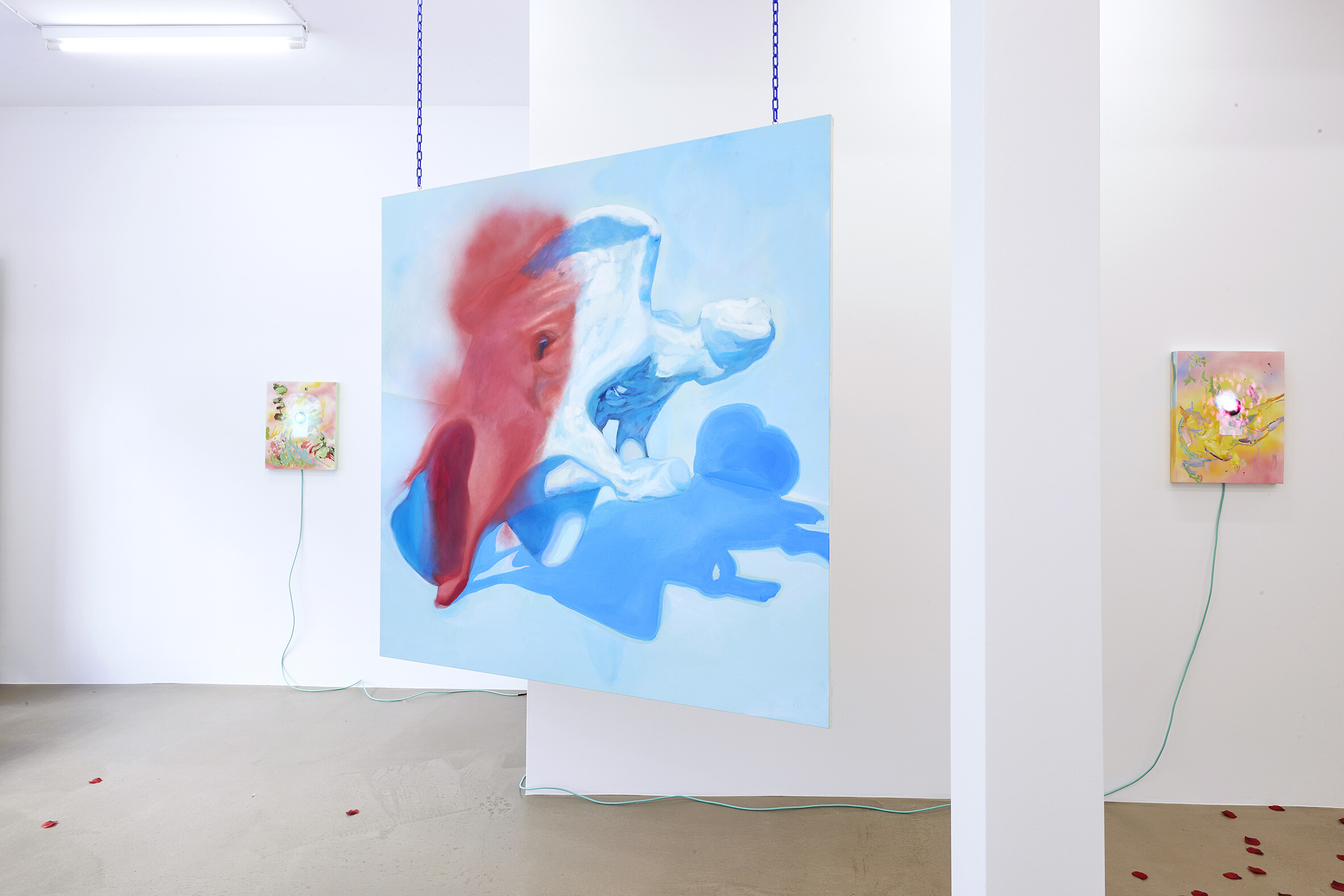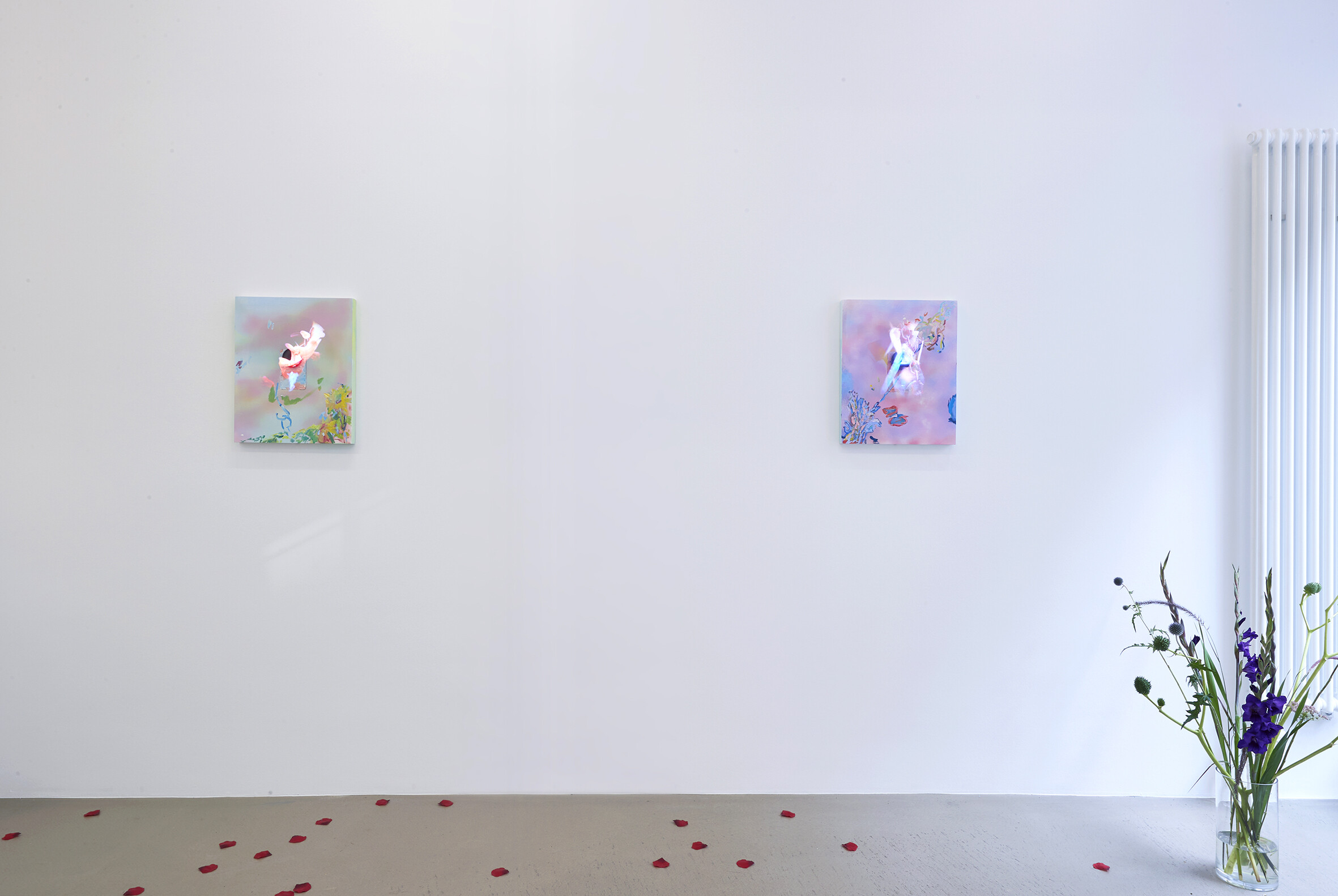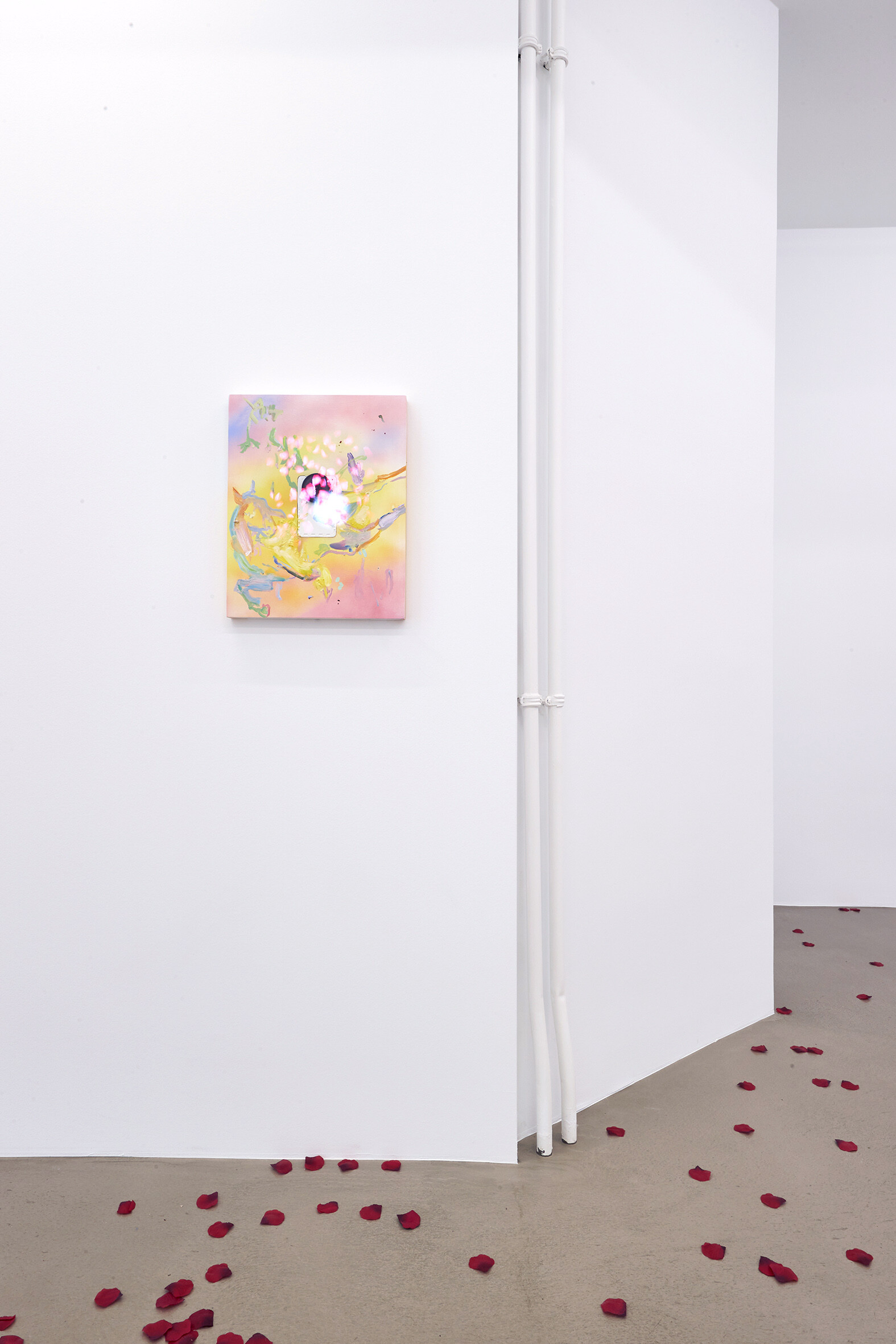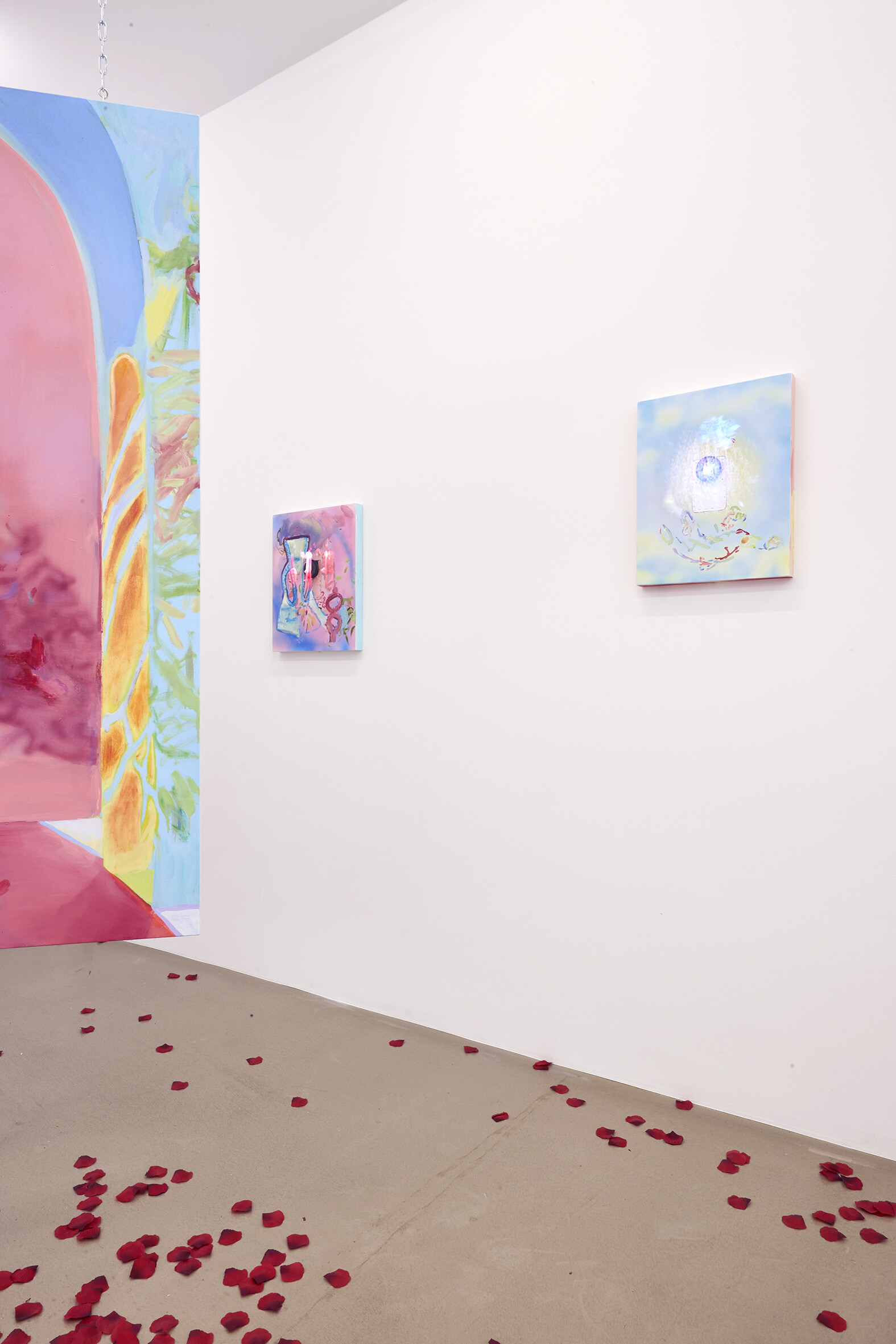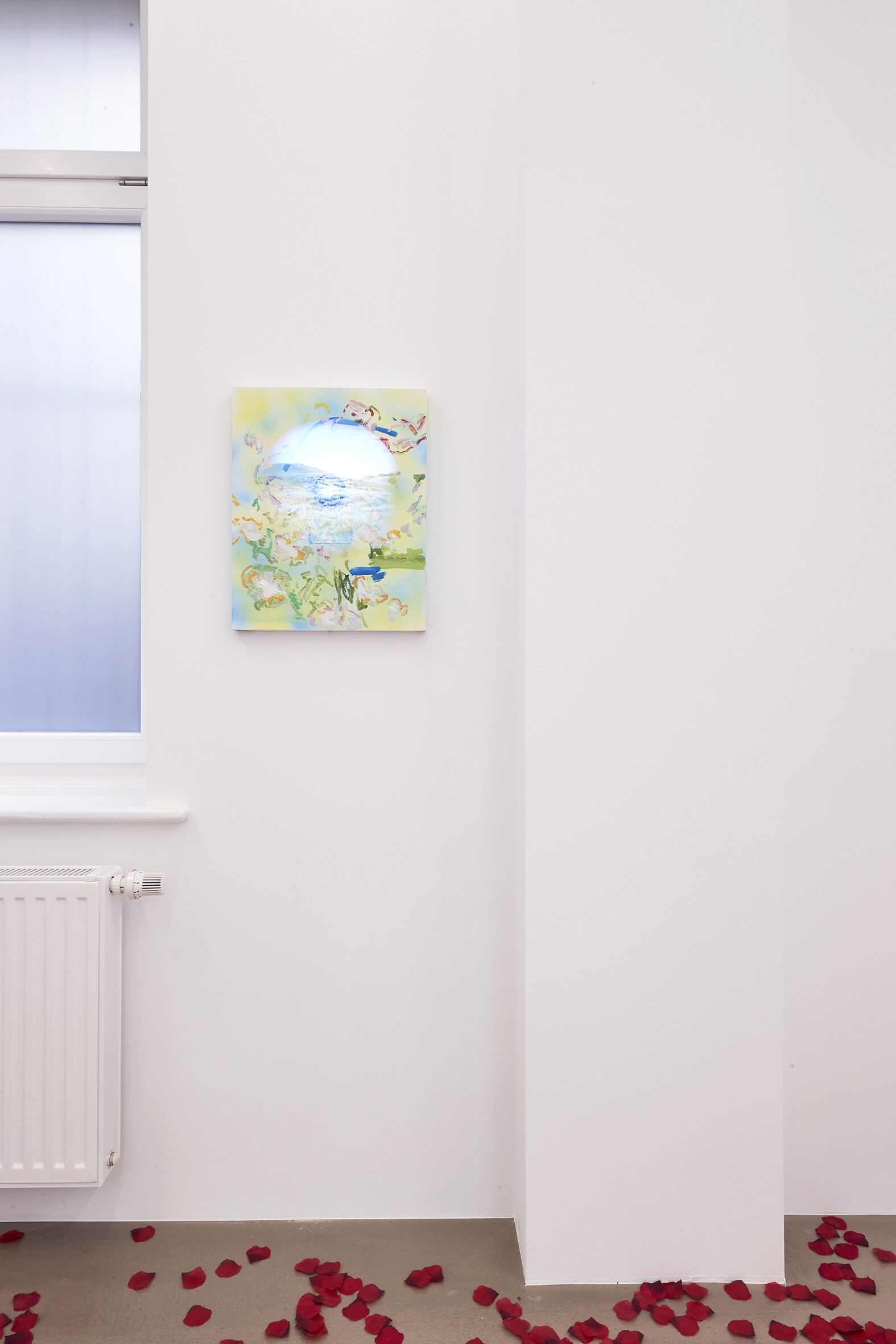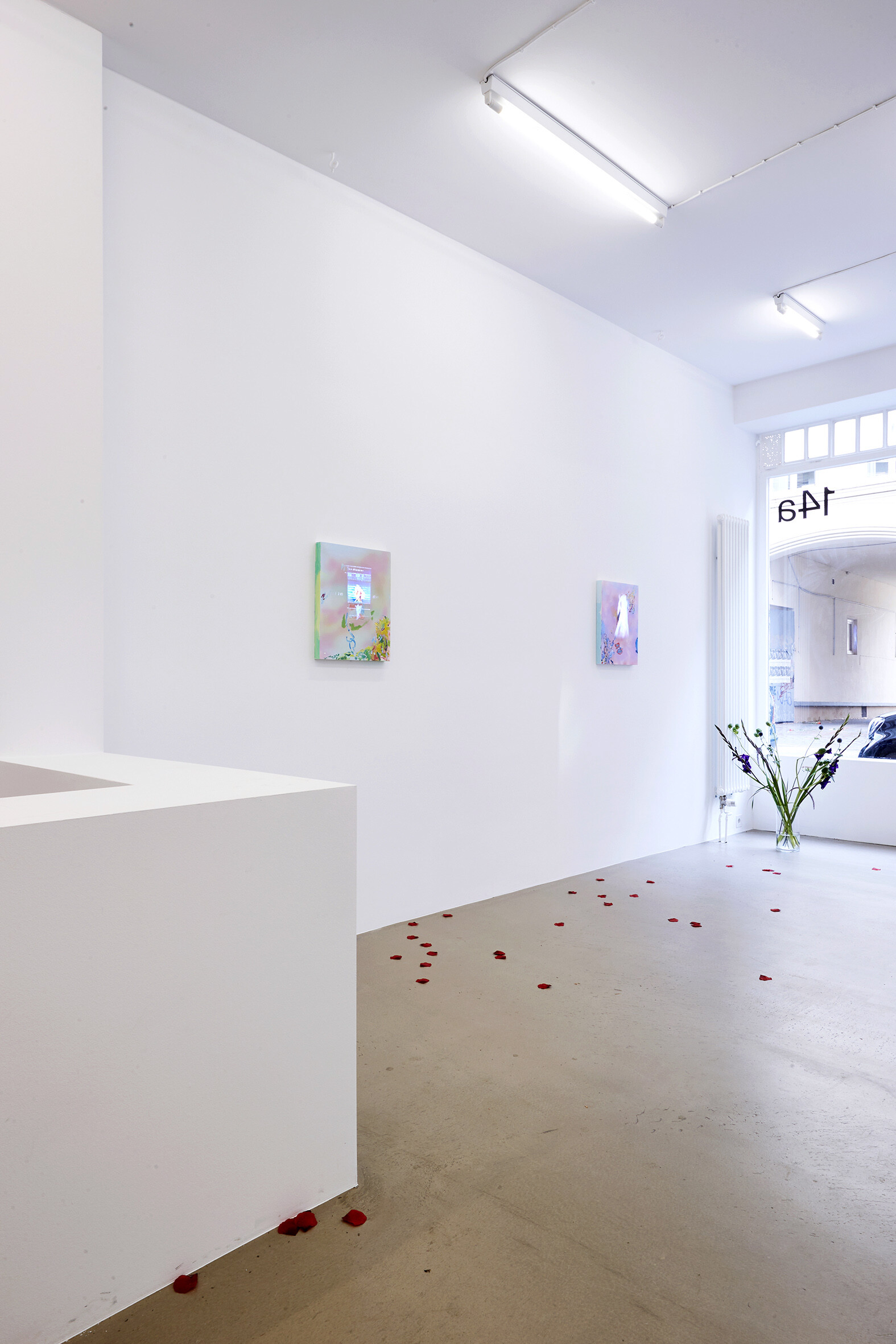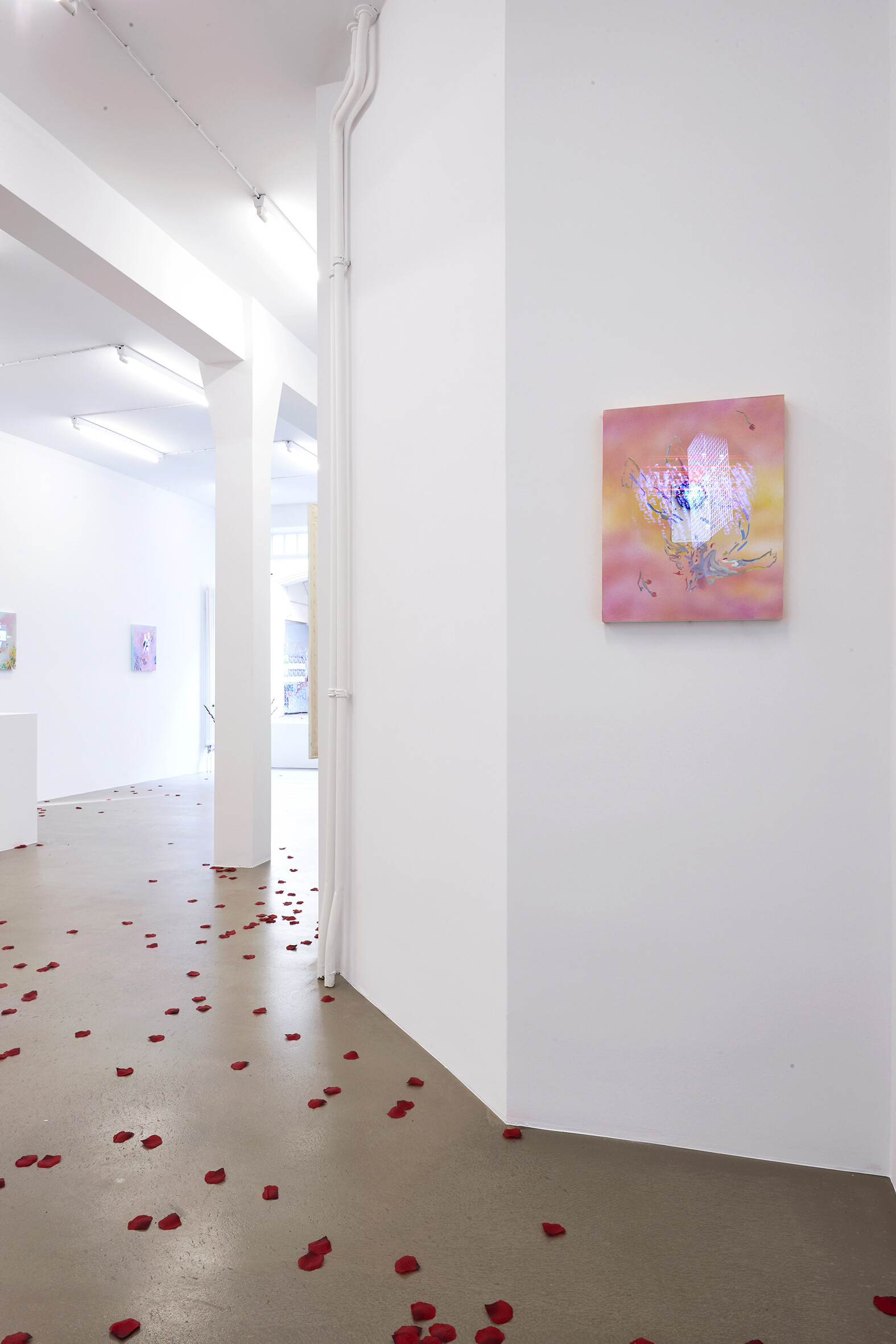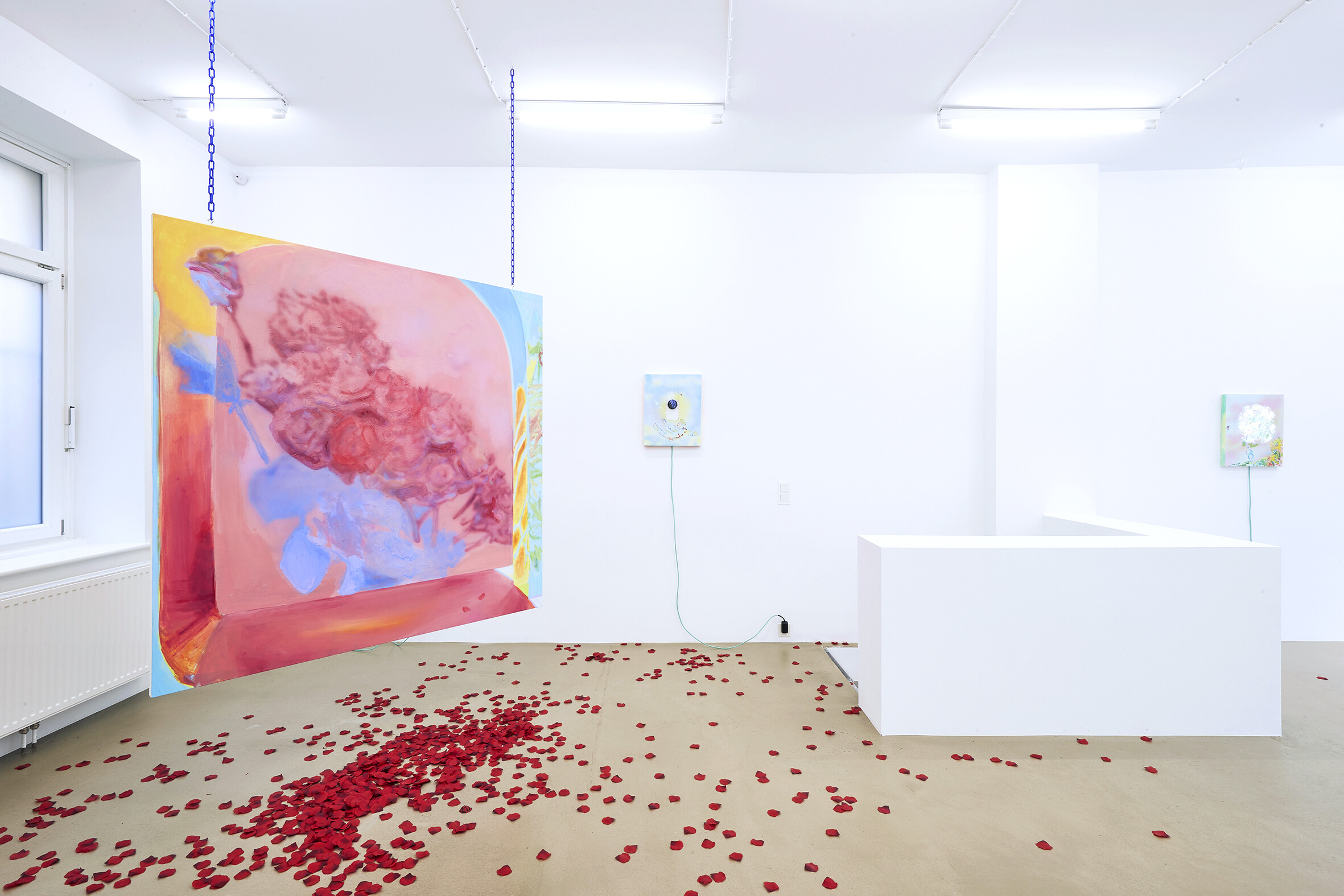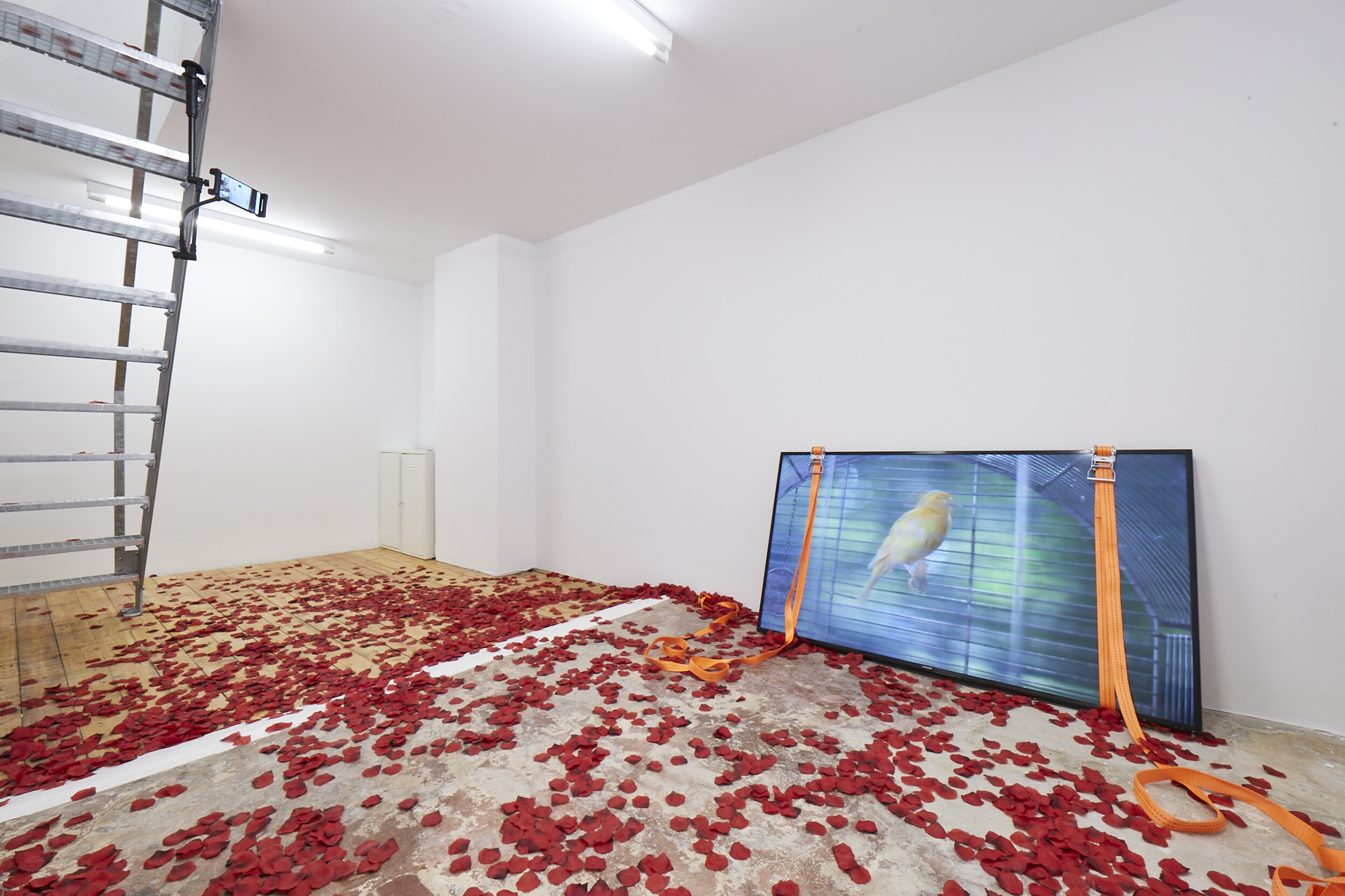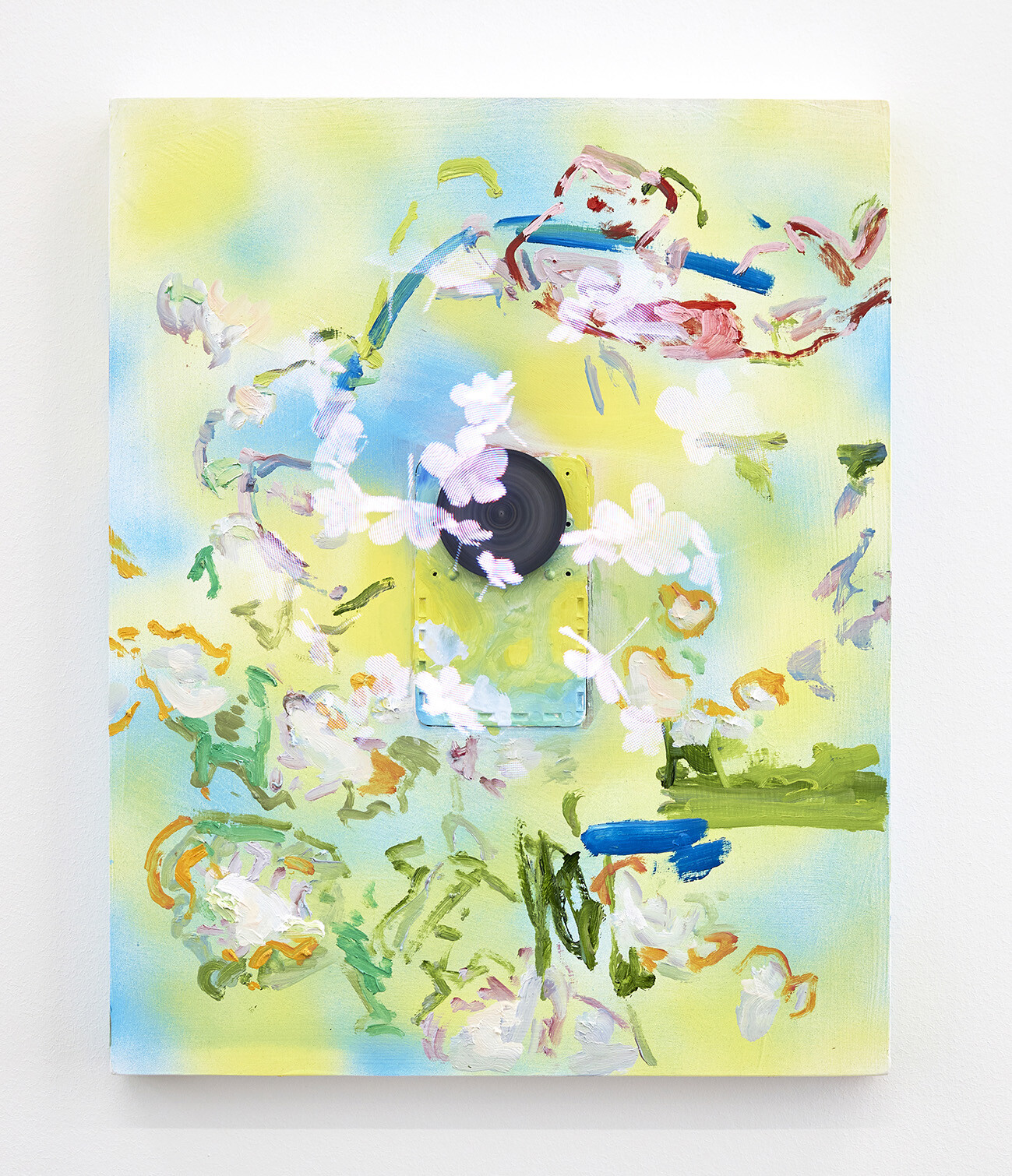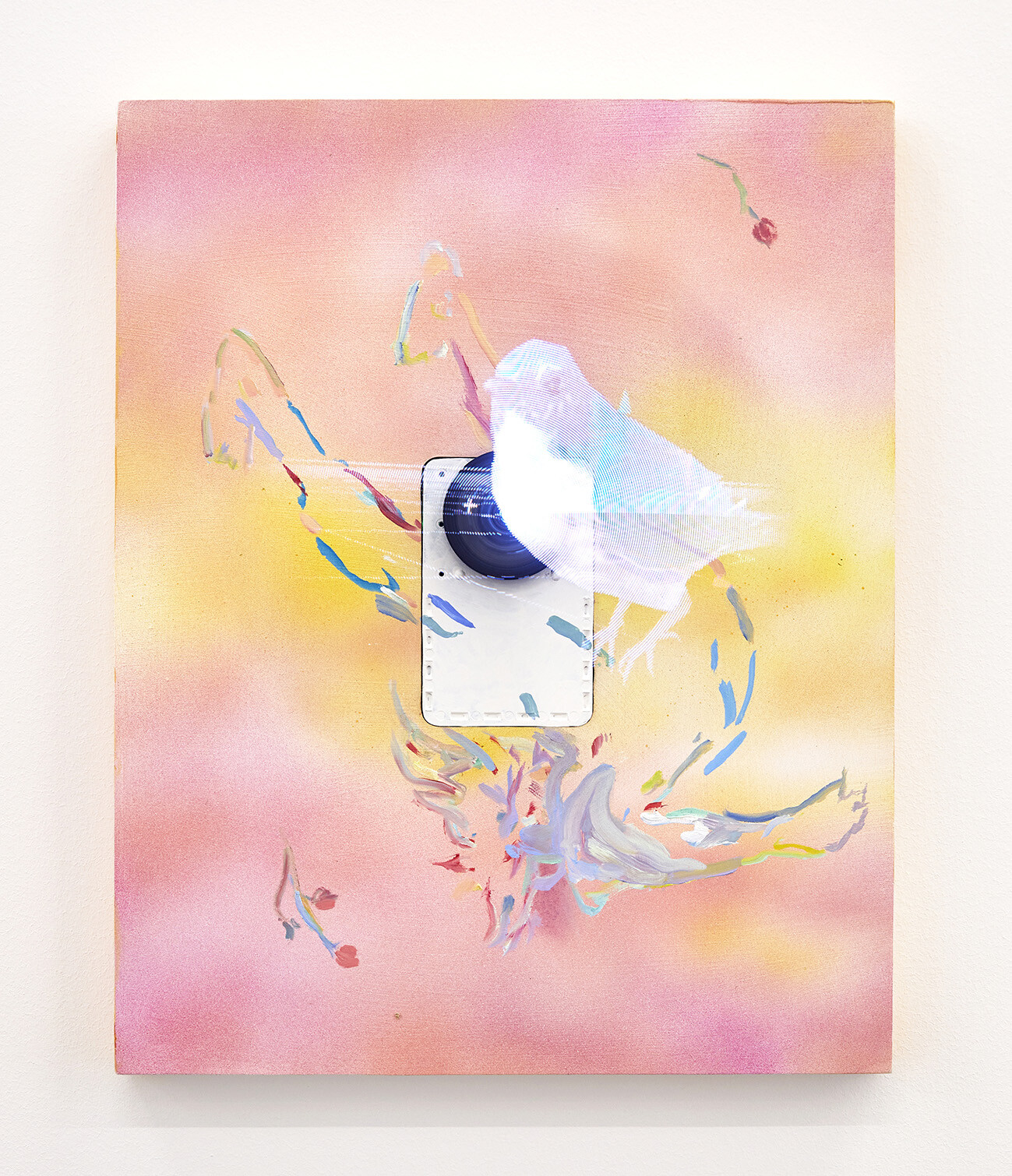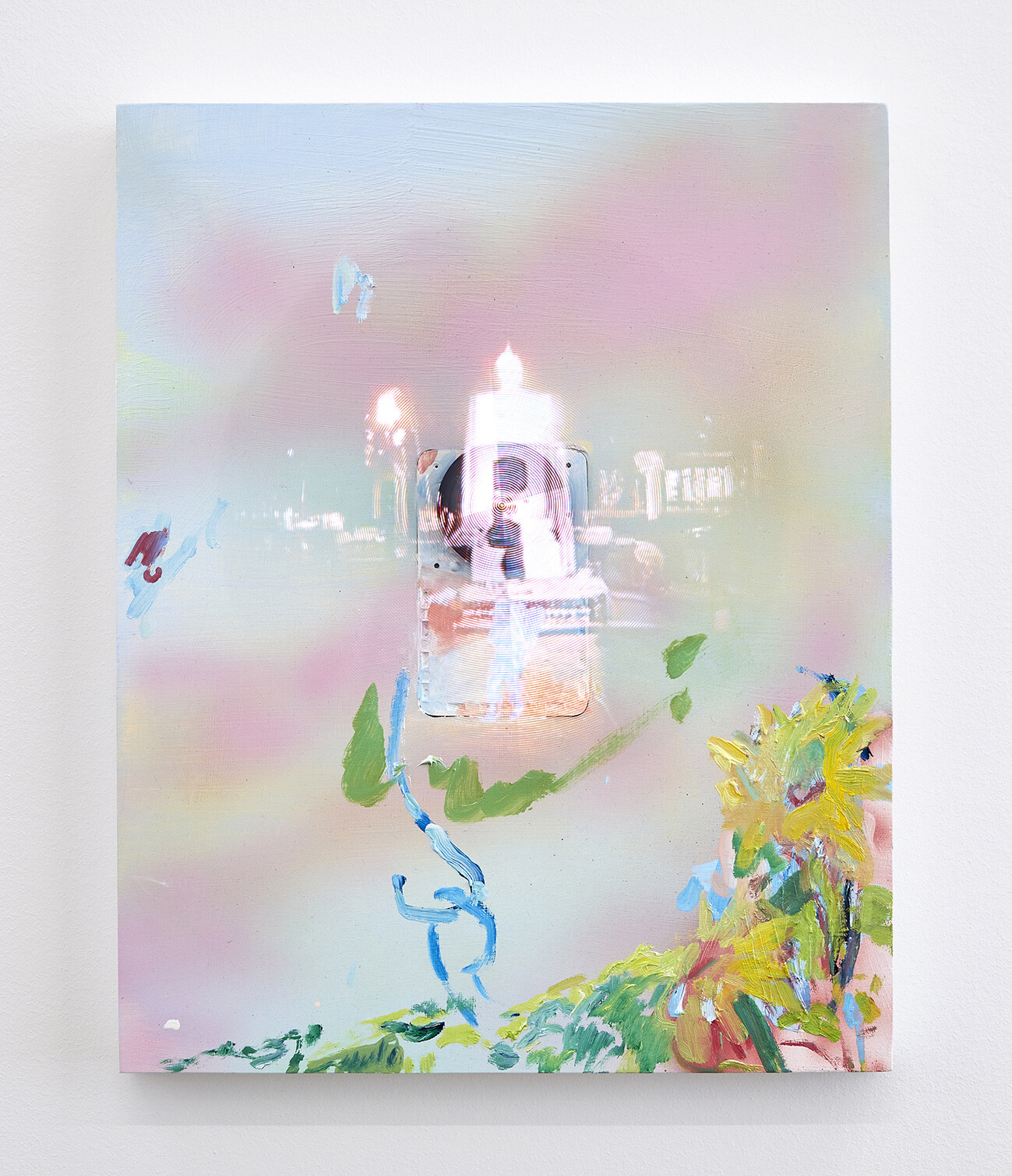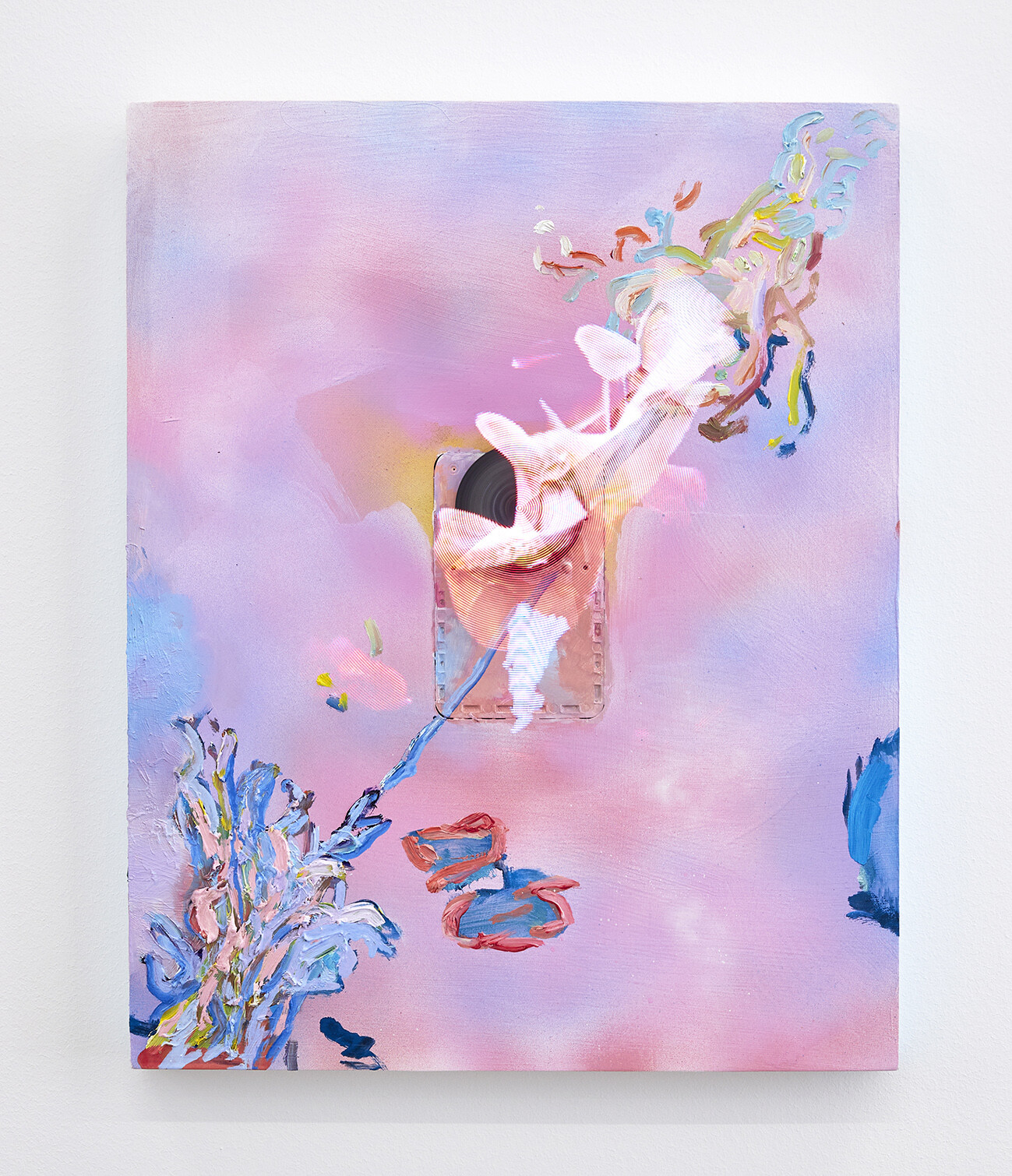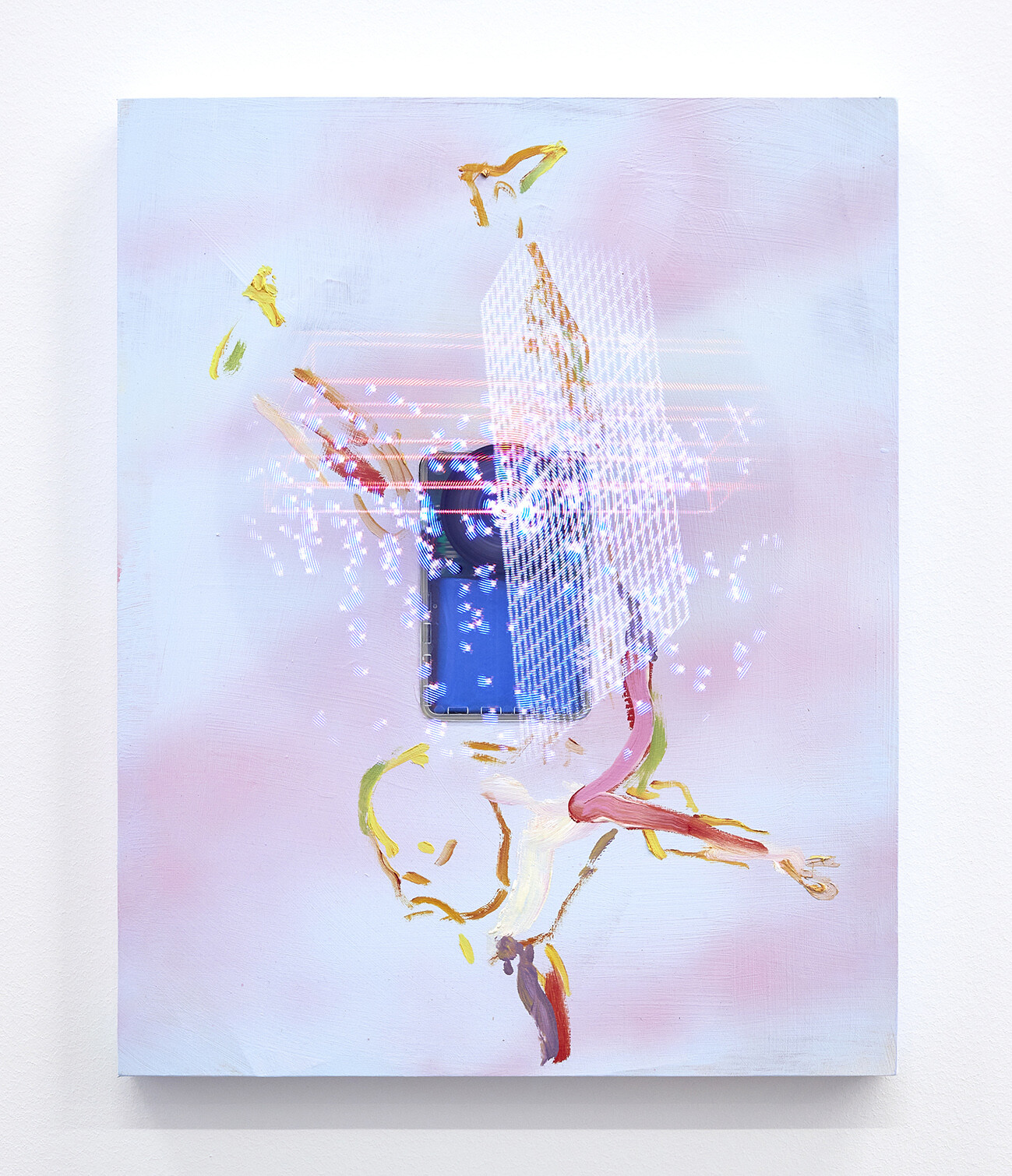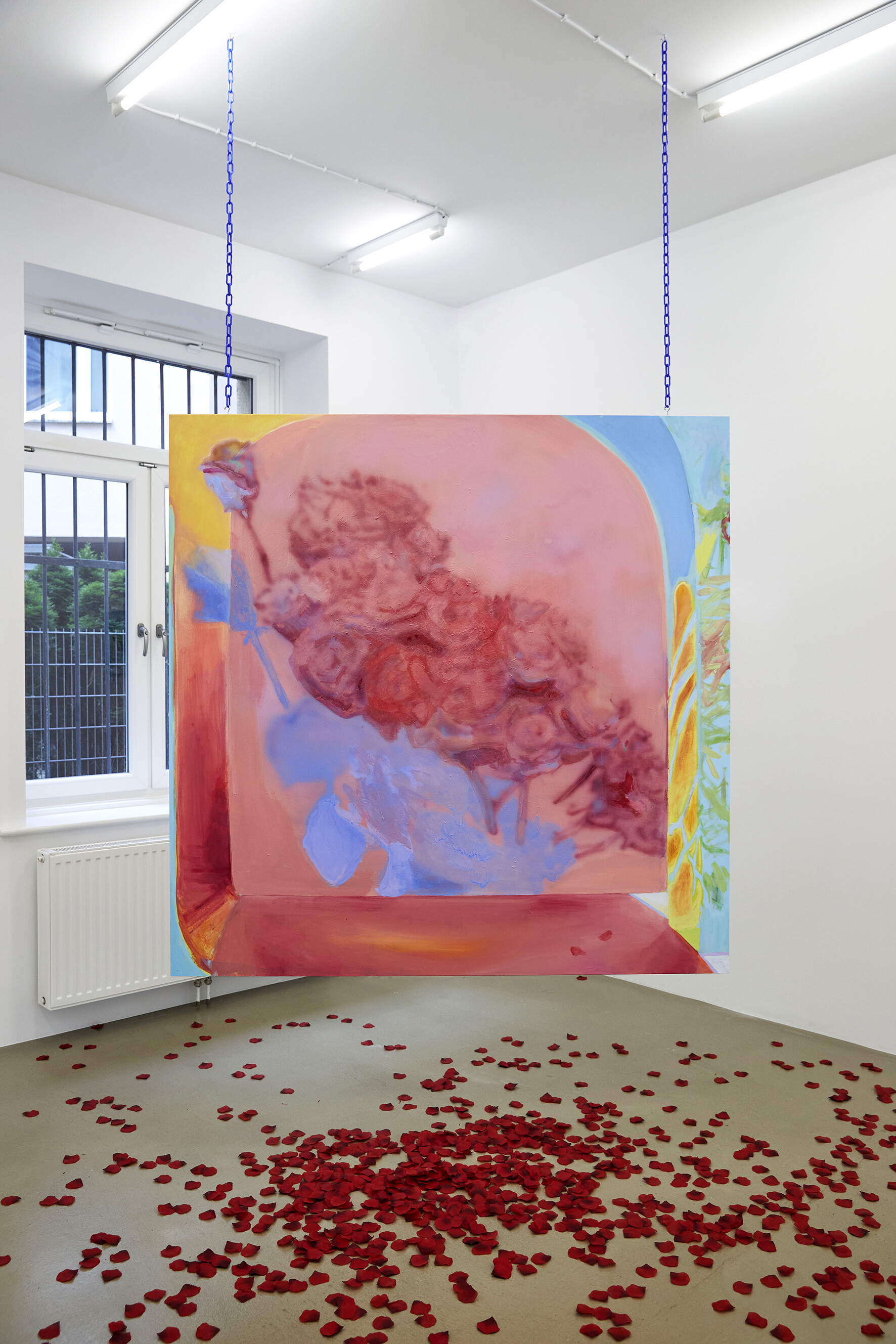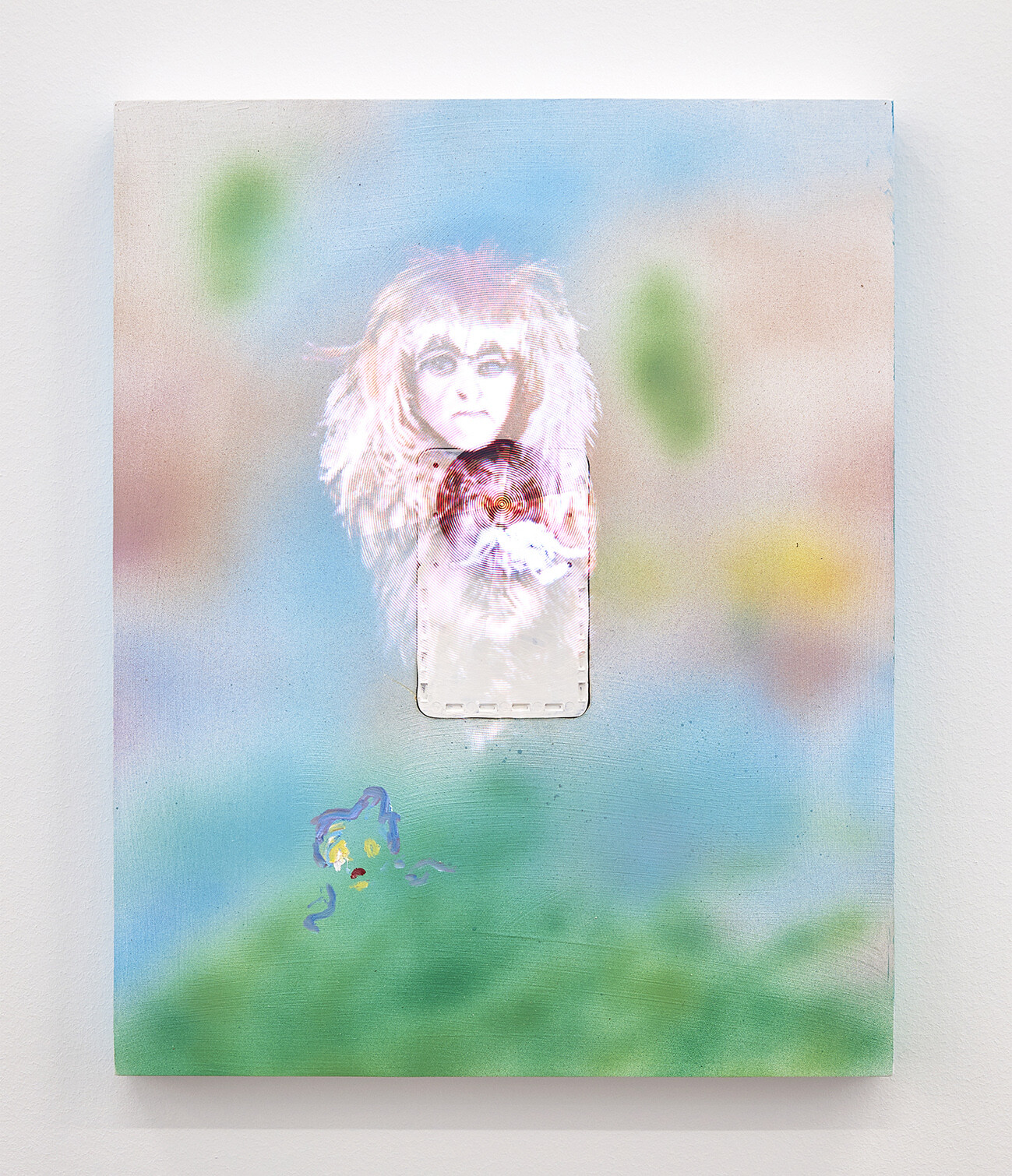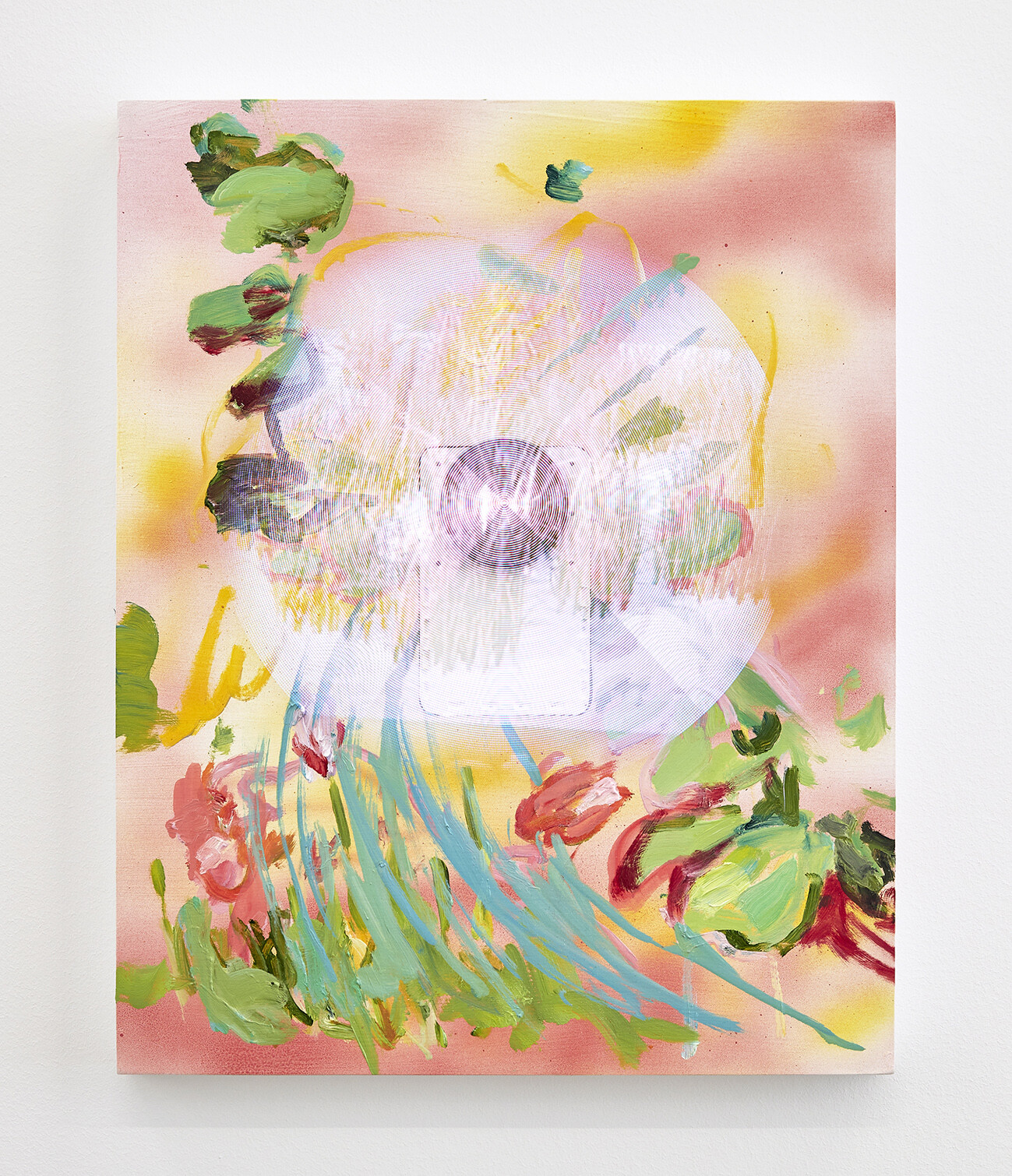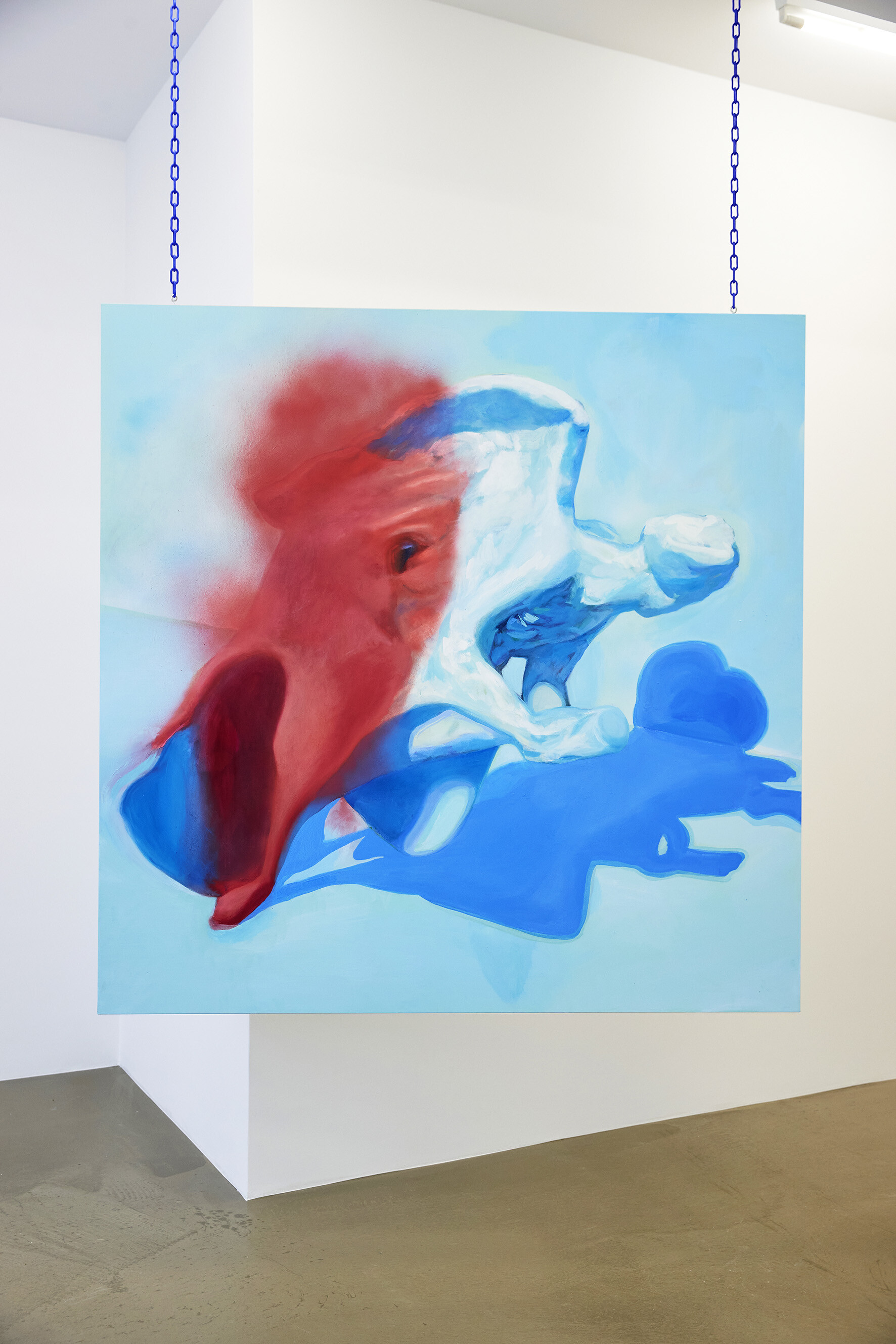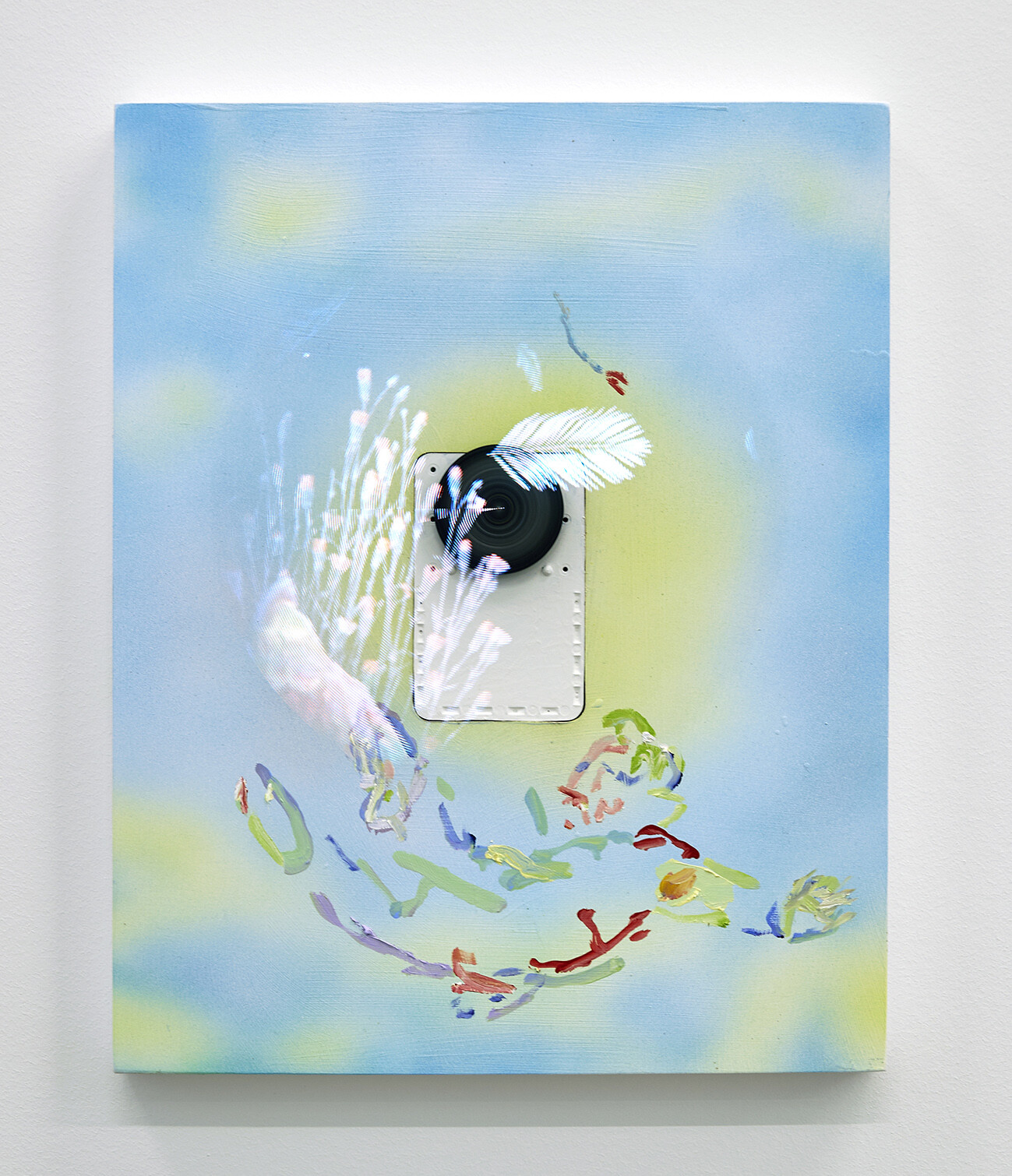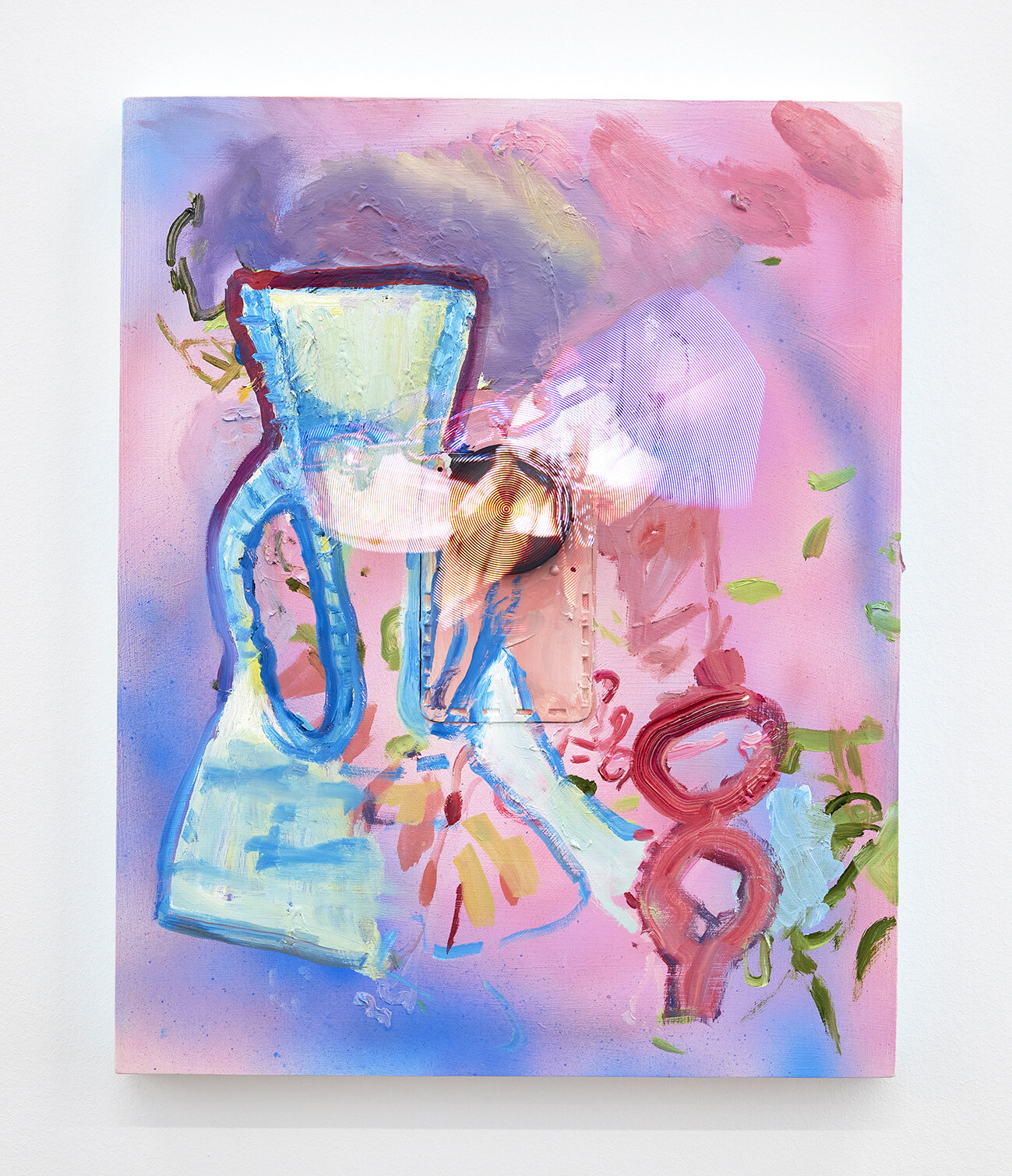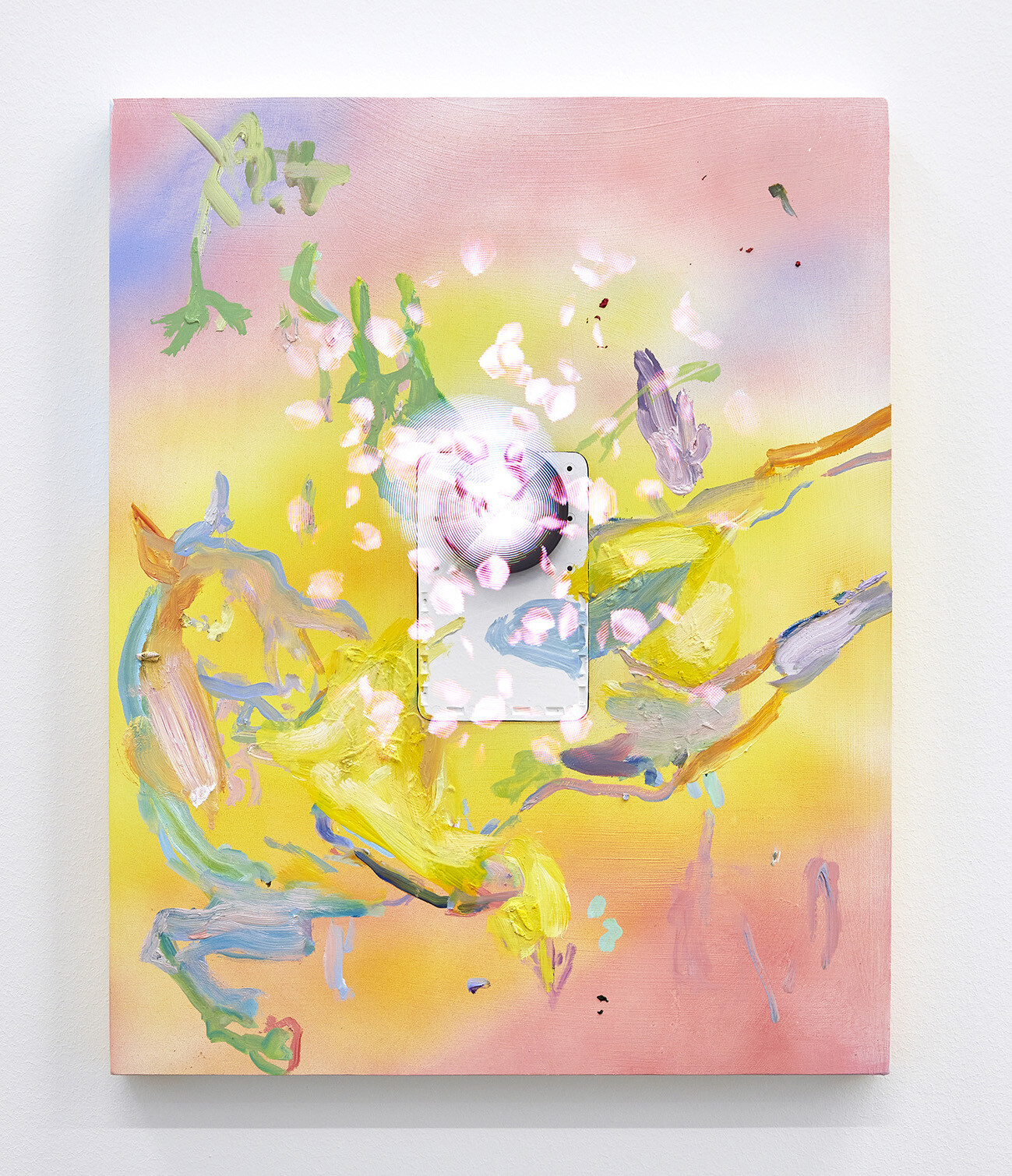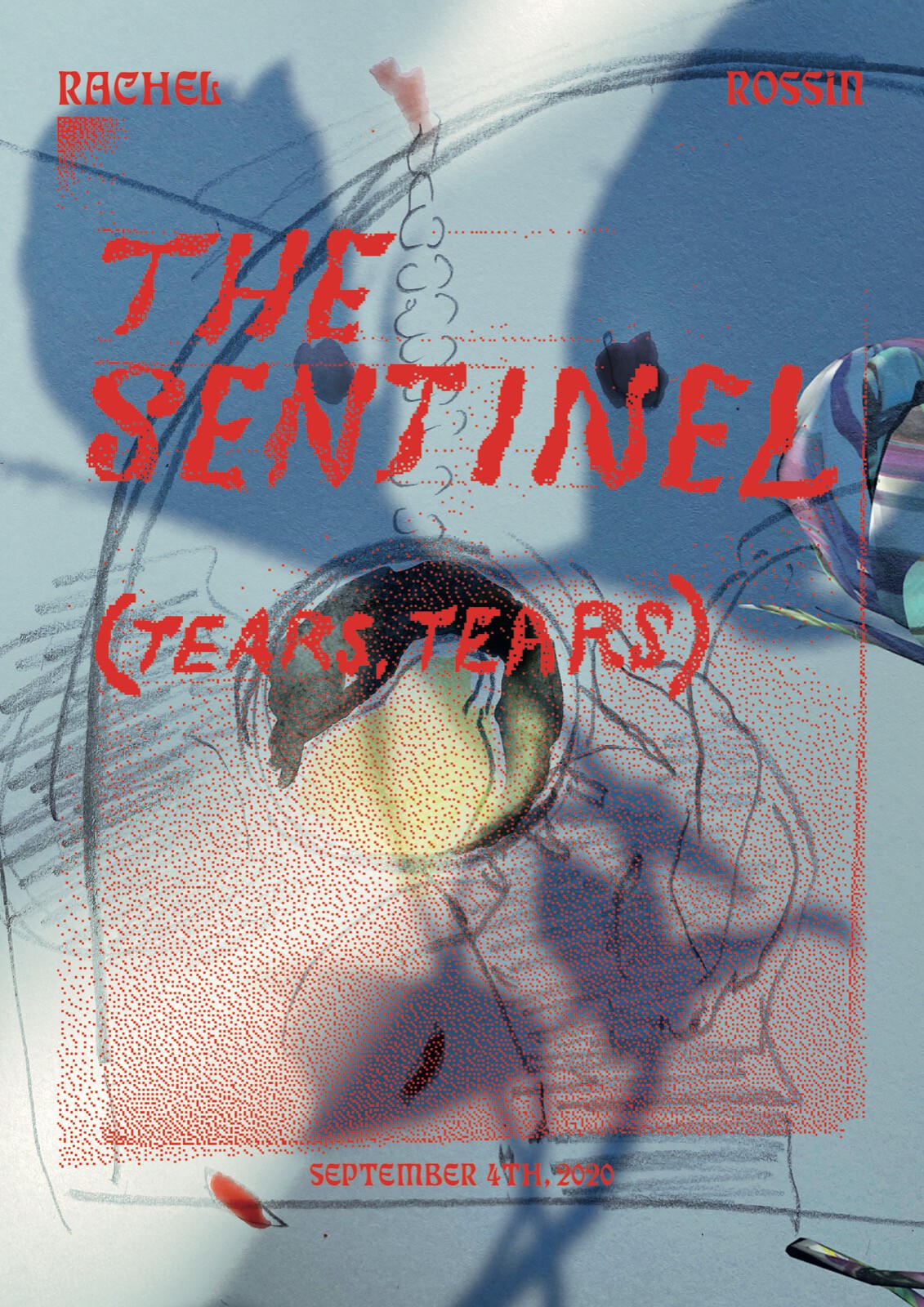14a presents The Sentinel (tears, tears), an exhibition of recent works by Rachel Rossin, on view September 4 – October 15, 2020. This is the artist’s second solo exhibition with the gallery.
A sentinel generally calls to mind a mythological figure, a lookout equally menacing and paternal. They are protectors that can steer a person away from disaster, sounding an alarm of imminent catastrophe. In ecology, sentinel species are organisms, often animals and plants, used to detect risks to human health and the environment by providing an advanced warning of danger.
The most familiar example of a sentinel species serving as a nonhuman proxy is the canary bird. Canaries are particularly sensitive to changes in their ecosystem, which is why coal miners used to bring caged canaries down into the mines with them (the proverbial ‘canary in the coal mine’). If an odourless, toxic gas like carbon monoxide or methane leaked into a mine, the small bird would die first, giving the miners time to escape.
In the context of Rachel Rossin’s storied installation, the figure of the sentinel takes on a mechanistic, but still organic character. Focusing on sentinel species, the installation reframes a series of traumas, which environ the viewer like monstrous silhouettes projected from a magic lantern. Meeps of birdsong document Rossin’s process of teaching canaries to mimic dubstep; rose petals scattered on the floor take on an hallucinating aspect—ghostlike and alarming despite their softness.
The video work Fragile Thing ‘on dubstep’, which constitutes the heart of the exhibition, demonstrates the process of Rossin training canaries to assimilate new sounds into their repertoires. Their mimicry of Skrillex’s Scary Monsters and Nice Sprites reflects subtle modifications in the song-receptor part of the canaries’ brains. Just as children will not grasp a language unless it’s spoken to them constantly, so a canary will fail to reach its singing potential without assistance and encouragement to sing.
Rossin’s training of the canaries was informed by Generative Adversarial Networks (GANs). GANs are a type of AI that learn to self-generate from pitting two neural entities against each other, creating synthetic instances of data that pass for authentic. Similar to how GANs can be considered robot artists that learn to mimic any distribution of data, canaries adapt to the tunes and songs they are exposed to. Using this same GAN framework, Rossin engaged an AI version of herself to develop holograms and paintings. Her AI proxy was trained on a compendium of images—some dating back to the artist’s childhood.
The scattered rose petals throughout the exhibition space signify the use of roses as sentinels in agriculture. Referred to as a ‘spy plant’, roses are planted near important crops to test soil quality. When the
soil holds contaminants undetectable by humans, they shed their petals and leaves,
facilitating risk prevention.
The role of the sentinel is to assess loss and potential trauma. Yet even trauma-become-virtual remains trauma. From this we have Freud’s famous insight of the return of the repressed. At the same time, just like the colourful shedding of the rose when the soil comprises contaminants, repressed traumas can reappear in more or less aesthetic forms. Like a virtual landscape squeezed from a tube, hardware in-jokes pervade the exhibition. The dichotomy of soft and hard, human and machine, cuteness and horror corresponds to the divide between cognitive and emotional space looped on video. The fact that a living being, a sentinel, can sing back the programming of its environment, signals a hopeful note that traumas can be refashioned. Under the watchful eye of the sentinel, we can recover the ghost of humanity tucked away in the armouring of machines.
Text: Jeffrey Grunthaner
Special thanks to:
Moritz Wessendorff and Jürgen Hirsch
Kamil Dossar
Maximilian Lecki
